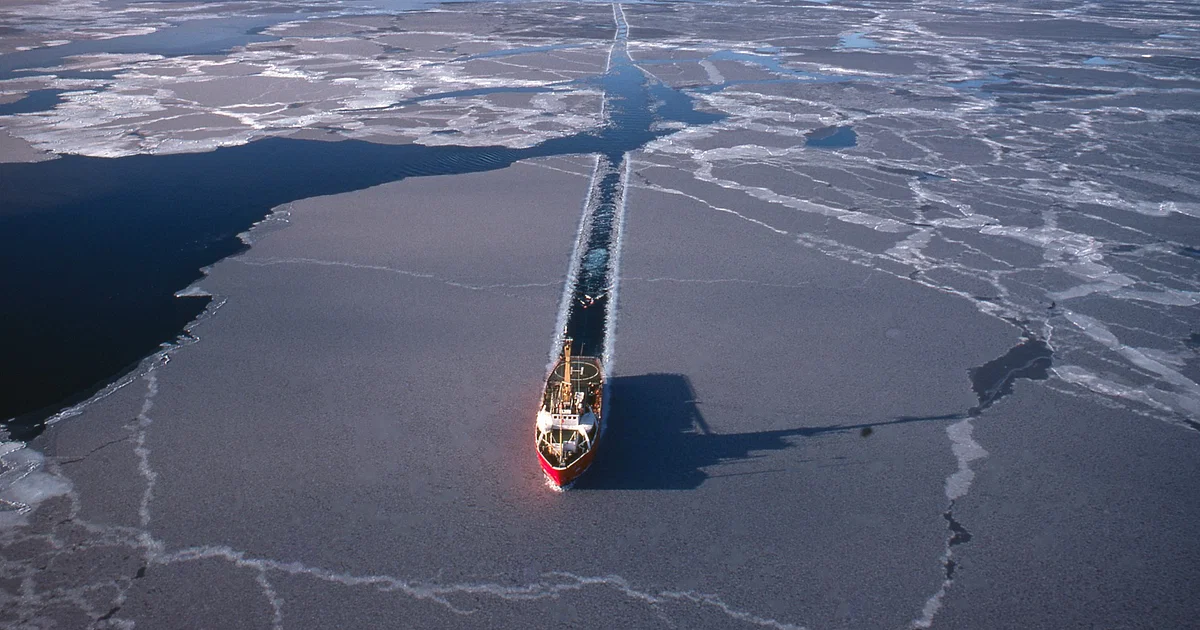Indian scientific expeditions to the Arctic
- Indian scientific expeditions to the Arctic during the winter (November to March) will allow researchers to conduct unique scientific observations during polar nights, where there is no sunlight for nearly 24 hours and sub-zero temperatures (as low as -15 degrees Celsius).
- This will aid in expanding understanding of the Arctic, especially climate change, space weather, sea-ice and ocean circulation dynamics, ecosystem adaptations, etc., which affect weather and climate in the tropics, including monsoons.
- Since 2008, India operates a research base in the Arctic named Himadri, which has been mostly hosting scientists during the summer (April to October).
- The decision to facilitate winter expeditions to the Arctic comes after an in-person review of India’s Arctic activities by the Minister of Earth Science at Himadri, Ny-Ålesund, Svalbard in the Norwegian Arctic, in June 2023.
- Elaborating on ambitious plans of the Government to expand India’s scientific prowess, the hon’ble Union minister said, “Towards achieving the vision of the Honourable PM of making India a developed nation by 2047, we are committed to expanding scientific activities and international cooperation and collaboration.
- The Arctic is an area of scientific, climatic, and strategic importance; hence, our scientists will have to play a vital role in addressing areas that affect life and survival on this planet”.
- Indian scientific expeditions to the Earth’s poles (the Arctic and the Antarctic) are facilitated under the PACER (Polar and Cryosphere) scheme of the MoES, solely through the aegis of the National Centre for Polar and Ocean Research (NCPOR), Goa, an autonomous institution of the MoES.

